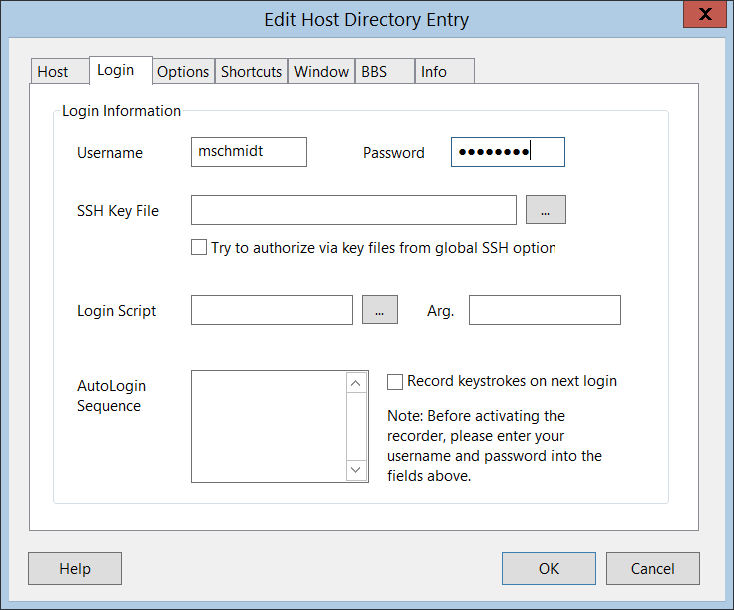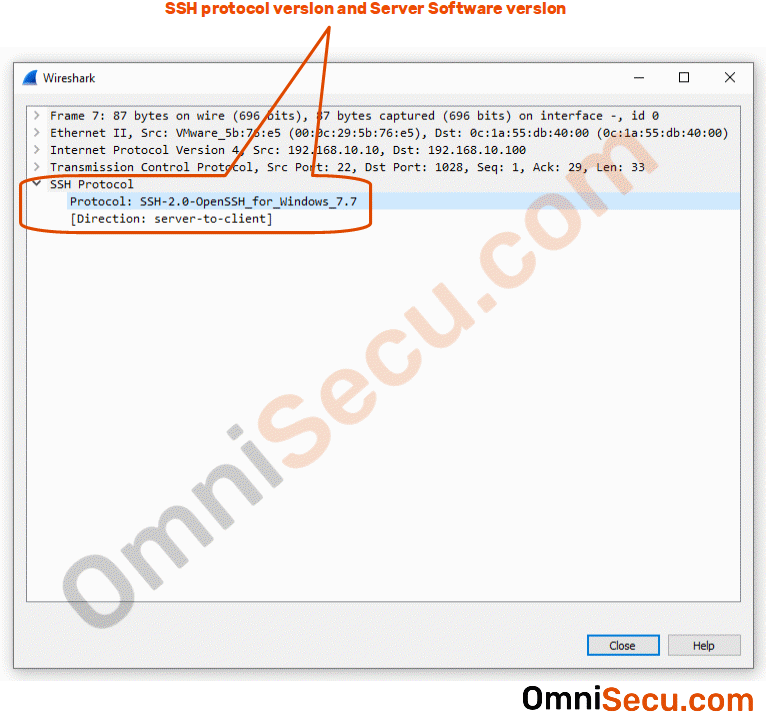

- Ssh copy files from one directory to another update#
- Ssh copy files from one directory to another download#
With the -avuP parameters described above.Red Hat OpenShift Service on AWS security FAQ.

This means you can easily script rsync jobs after configuring SSH keys on both ends, removing the need to manually login in for remote file sync. Also, rsync provides the functionality to interact with remote systems over SSH, which keeps the user from needing to set up network shares to be able to sync files from one place to another. The source and target for the sync are files and directories.
Ssh copy files from one directory to another update#
My personal default set of parameters for rsync end up being -avuP (archive, verbose output, update only new files, and show the progress of the work being done).

It’s ordinarily desirable to pass rsync a few parameters to ensure things behave the way a human would expect them to. In its simplest form, rsync can be told to ensure that a file in one location should be the same in a second location in a filesystem. On the command line, rsync is generally invoked using a handful of parameters to define how it should behave since it’s a flexible tool. How well do you know Linux? Take a quiz and get a badge.Linux system administration skills assessment.A guide to installing applications on Linux.
Ssh copy files from one directory to another download#
Download RHEL 9 at no charge through the Red Hat Developer program.Working with rsync is easy and can be used on the command line, in scripts, and some tools wrap it in a nice UI for managing tasks. This is also the case with macOS, *BSDs, and other Unix-like operating systems. Since it comes packaged with most Linux distributions by default, it should be easy to get started. It can also do a quick hash check of files on the source and destination to determine whether or not it needs to transfer a new copy, possibly saving significant time and bandwidth. To accomplish this efficiently, by default, it will check the modification times of files. Also, rsync provides the ability to synchronize a directory structure (or even a single file) with another destination, local or remote. It checks to see if files exist in the destination before sending them, saving bandwidth and time for everything it skips. The rsync tool can recursively navigate a directory structure and update a second location with any new/changed/removed files. One of the most useful tools in a sysadmin’s belt for this kind of task is rsync. Admins (or normal users) often need to back up files or keep them in sync between multiple places (including local and remote) without transferring and overwrite all files on the target every time.


 0 kommentar(er)
0 kommentar(er)
